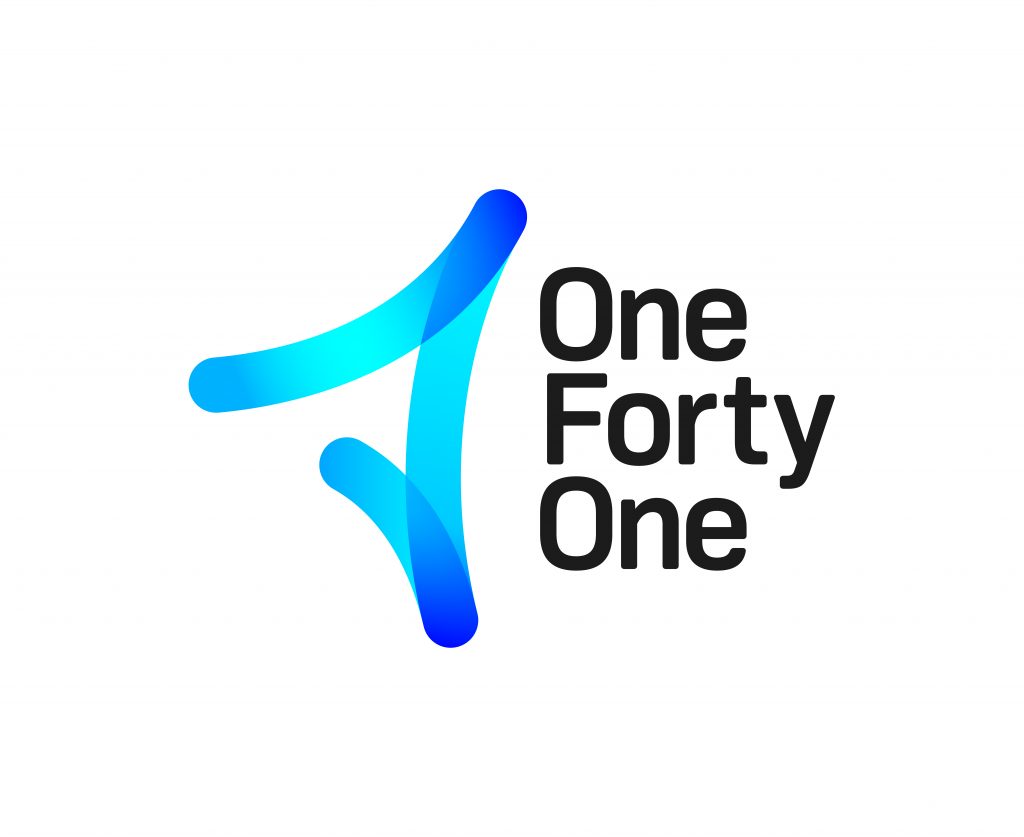Grasslands in the cultural spotlight
Native grasslands are very special places, chock full of biodiversity, but are now often highly degraded after a long history of grazing, clearance, drainage, and the list goes on! Historically native grasslands were places rejuvenated by fire, with first nations people managing the land through fire to maintain its quality.
We’ve been working on a project to place our rare, remaining native grasslands in the spotlight, assisted by OneFortyOne. The project involves burning sites improve their habitat quality, with the help of traditional owners. The burning is involving members of the community to rejuvenate the grasslands and encourage plant diversity. By opening up the grasslands, space is provided between the tussocks for other plants, like lilies, sundew, sedges and riceflowers, to establish. You can read more in our article about this project from 2021.
After a recent visit by the group (including Nature Glenelg Trust and Burrandies Aboriginal Corporation) they found a greater variety of native plants than previously recorded including a high cover of sundew, a tiny carnivorous plant (see below).
During surveys, animals also formed part of the discussion especially when a small snake was seen amongst the grass. It was also encouraging to see many native rat tunnels throughout the kangaroo grass tussocks; A sign that the grasslands are providing good habitat.
Nature Glenelg Trust and Burrandies Aboriginal Corporation field crews are aiming to return in autumn to burn a further area along this stretch of road, so we’ll have a further installment later in the year.

Supporting organisations for this project include: Burrandies Aboriginal Corporation, Limestone Coast Landscape Board, Native Vegetation Council, Region 5 Country Fire Service, Wattle Range Council and OneFortyOne.


